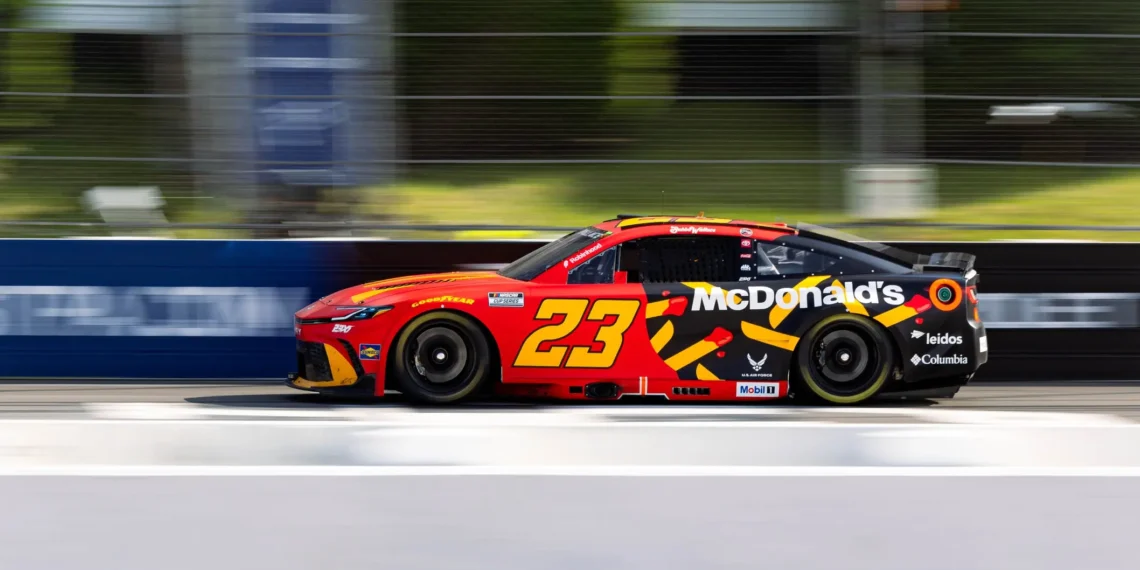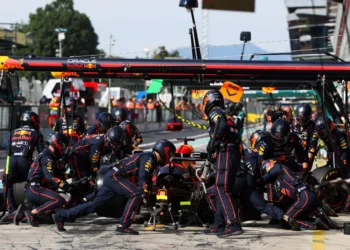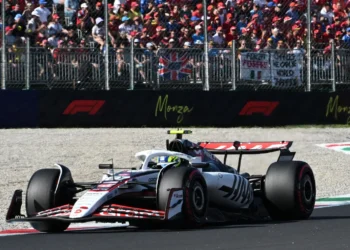NASCAR Horror: Safety Concerns Skyrocket as 14-Year-Old Fan Suffers Injury at Pocono Raceway
The high-octane world of NASCAR was rocked by a series of alarming events at Pocono Raceway, leaving fans and drivers on edge. The Great American Getaway 400 race turned into a nightmare for some NASCAR Cup Series drivers, including Riley Herbst, Michael McDowell, and Bubba Wallace, who all grappled with brake issues amidst scorching temperatures and technical failures.
However, the most distressing incident of the weekend did not involve a driver but rather a young fan. Days after the Pocono festivities came to a close, news broke of a 14-year-old girl’s harrowing injury, sparking outrage and fear among the NASCAR community.
The heart-stopping crash that led to the fan’s injury occurred when Bubba Wallace’s No. 23 Toyota experienced brake rotor failure, causing him to collide with the wall. The aftermath of the crash revealed the grim reality of the sport’s inherent dangers, as debris from the accident struck the young spectator, resulting in serious facial injuries.
The incident shed light on NASCAR’s persistent safety issues, with exploding brake rotors and flying debris posing significant risks to both drivers and fans alike. The unsettling chain of events at Pocono Raceway underscored the urgent need for improved safety measures within the sport.
Fans, outraged by the incident, called for accountability and swift action to prevent such tragedies in the future. Questions loomed over NASCAR’s handling of the situation, with demands for increased safety protocols and financial compensation for the injured fan gaining traction among the racing community.
As NASCAR grapples with mounting pressure to address safety concerns, the spotlight remains firmly fixed on the sport’s next steps in ensuring the well-being of its participants and spectators alike. The aftermath of the Pocono race serves as a stark reminder of the inherent risks involved in the high-speed world of NASCAR, prompting calls for immediate action and reform to prevent further tragedies from unfolding on the track.













